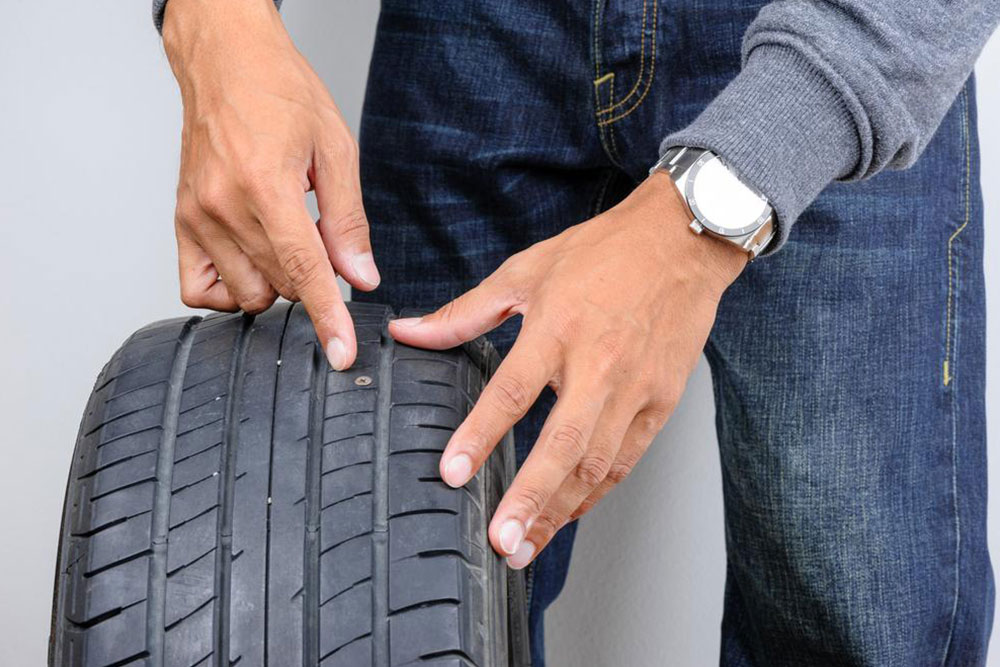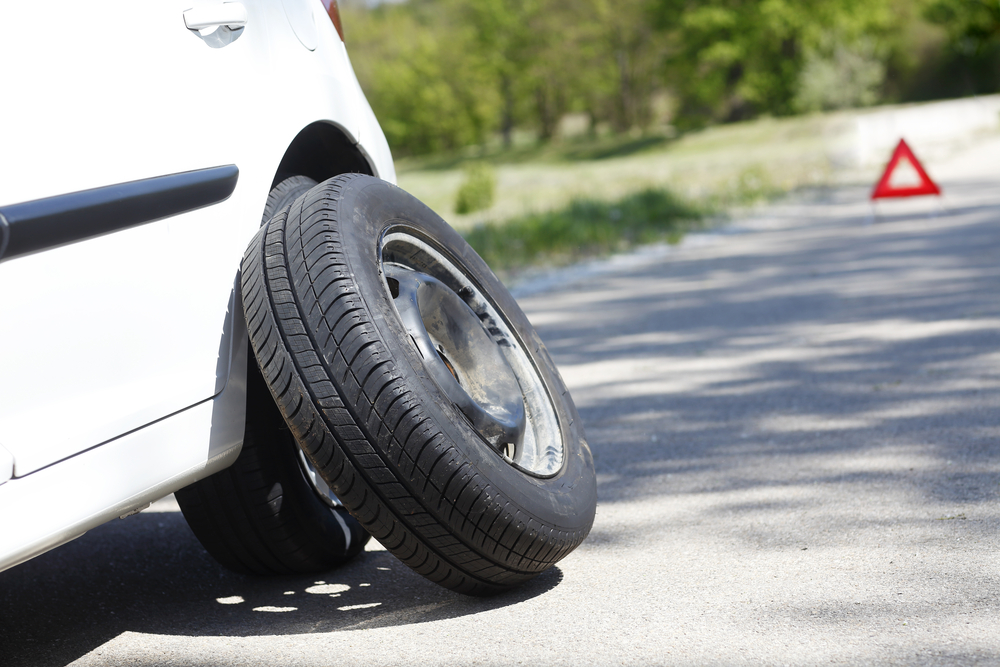Essential Insights into Tubeless Tire Technology
This article explores the history, design evolution, and key advantages of tubeless tires, highlighting how they have become the preferred choice for modern vehicles due to their enhanced safety, durability, and performance benefits.
Sponsored

In the 1930s and 1940s, attempts were made in England and South Africa to develop tubeless tires. England’s Killen Tire received a patent in 1930, while South Africa’s Wingfoot Corporation, affiliated with Goodyear, obtained a patent in 1944. However, technical challenges limited their production, leading to discontinuation. In 1952, Frank Herzegh of BF Goodrich secured a patent for a tubeless tire design featuring chloro-butyl rubber, known for its superior air retention compared to natural rubber. These advancements resulted in improved tire performance and safety.
The key differentiation in tubeless tire technology lies in sealing and material composition. Unlike traditional tires with an inner tube, tubeless tires achieve an airtight seal between the bead and rim thanks to molded ridges. The use of butyl rubber minimizes air leakage and enhances puncture resistance. These tires offer significant benefits such as reduced risk of sudden blowouts, increased durability, smoother rides, and improved handling. Today, tubeless tires are widely adopted worldwide for their safety, efficiency, and performance advantages.






